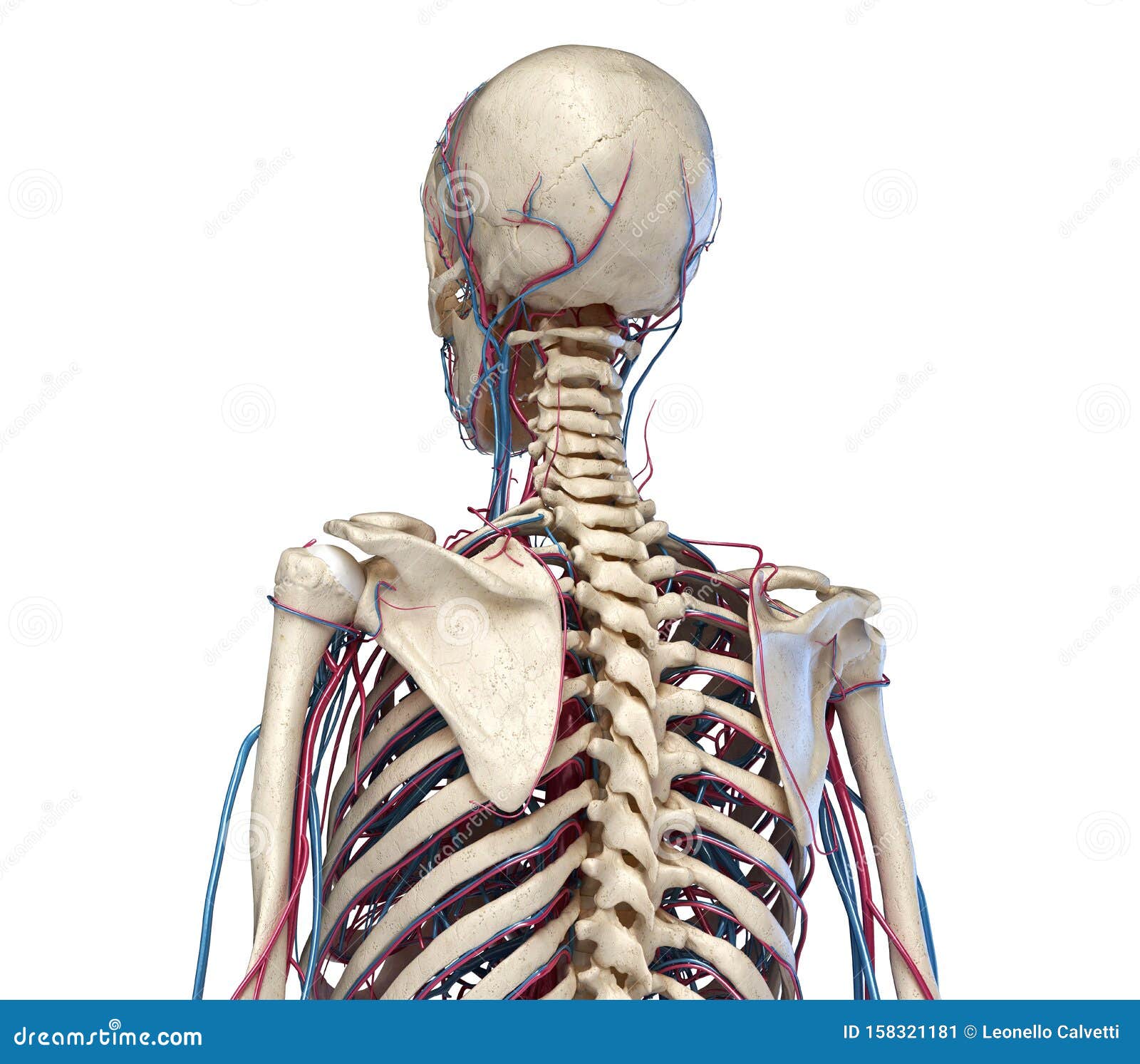

Using this standard position reduces confusion. The upper limbs are held out to each side, and the palms of the hands face forward as illustrated in Figure 1. Just as maps are normally oriented with north at the top, the standard body “map,” or anatomical position, is that of the body standing upright, with the feet at shoulder width and parallel, toes forward. To further increase precision, anatomists standardize the way in which they view the body. For example, in the disorder hypertension, the prefix “hyper-” means “high” or “over,” and the root word “tension” refers to pressure, so the word “hypertension” refers to abnormally high blood pressure. The root of a term often refers to an organ, tissue, or condition, whereas the prefix or suffix often describes the root. Because these languages are no longer used in everyday conversation, the meaning of their words does not change.Īnatomical terms are made up of roots, prefixes, and suffixes. Anatomical terms derive from ancient Greek and Latin words. For example, is a scar “above the wrist” located on the forearm two or three inches away from the hand? Or is it at the base of the hand? Is it on the palm-side or back-side? By using precise anatomical terminology, we eliminate ambiguity. However, the purpose of this language is not to confuse, but rather to increase precision and reduce medical errors.


Distinguish between the posterior (dorsal) and the anterior (ventral) body cavities, identifying their subdivisions and representative organs found in each.Identify three planes most commonly used in the study of anatomy.Describe the human body using directional and regional terms.


 0 kommentar(er)
0 kommentar(er)
